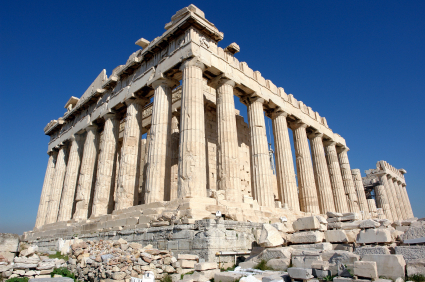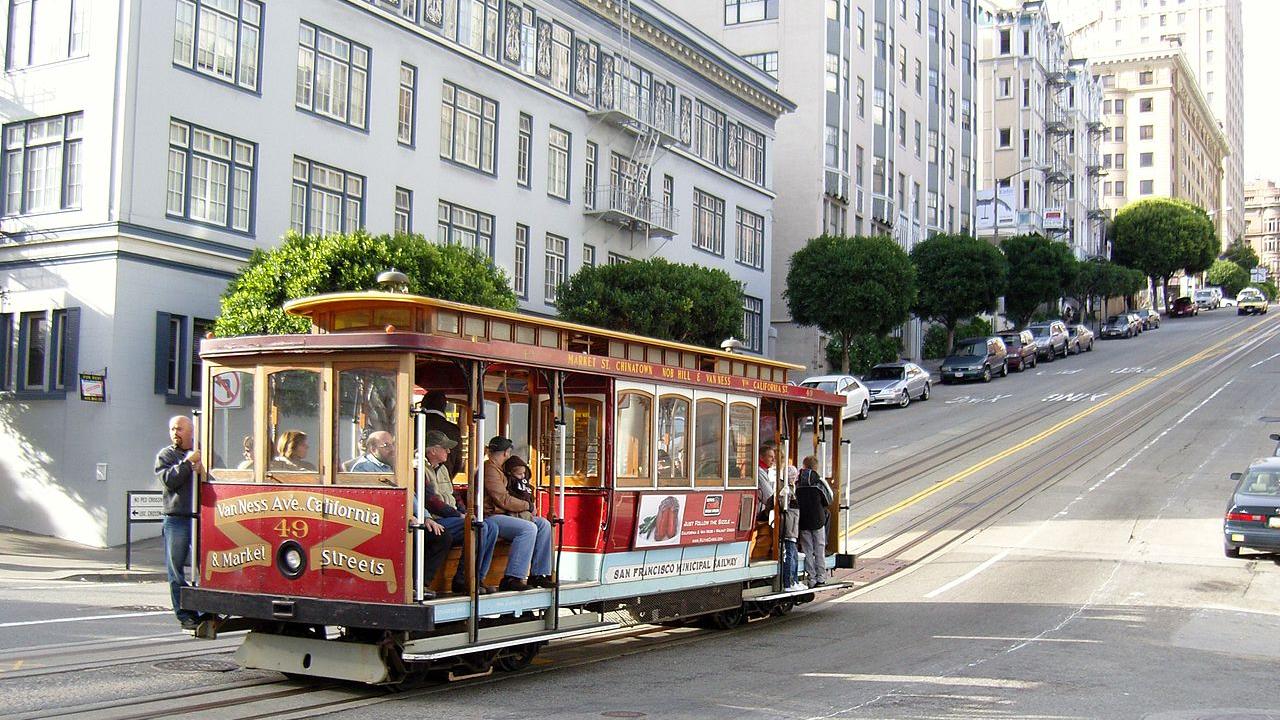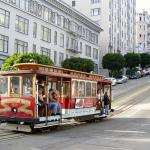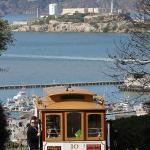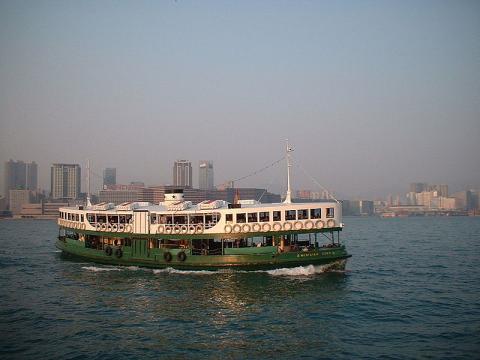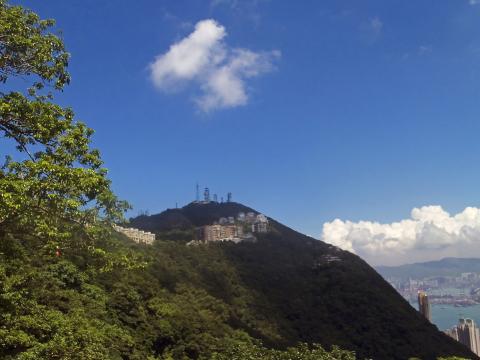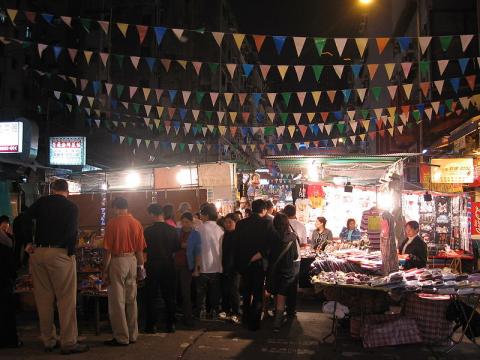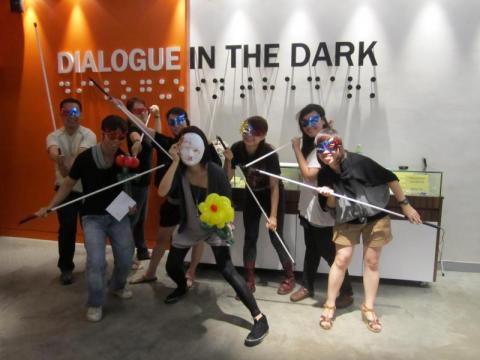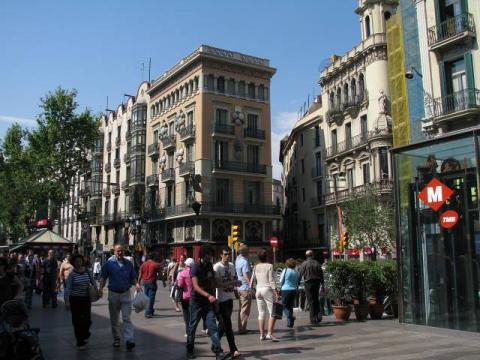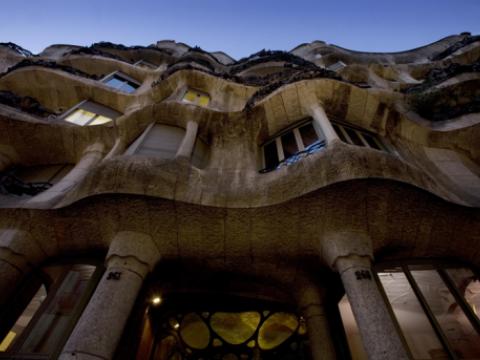Location
Visiting San Francisco and not riding a cable car is like going to Paris and not seeing the Eiffel Tower. These historic symbols of San Francisco have transported people up the steep hills of San Francisco since 1873.
There is something incredibly romantic about the old tram wagons. They are the world's last manually operated cable cars and out of the original 23 routes, only three are remaining today.
These days the cable cars are one of the city’s major attractions and mostly used by tourists. However they are still a viable method of transportation to the locals as well, especially on certain legs where the cable car is faster than other methods.
If you’d like to spice up the ride, the best spot must be in the front of the car, standing on the running board and hanging on to the pole.
You can get on the car at any stop along the route. Simply wait at the stop, and the car will stop for you. There is no need to wave it down.
Riding on the cable car is not especially cheap compared to other transportation methods. One way fare is around $6.00. A day pass is around $14.00.



